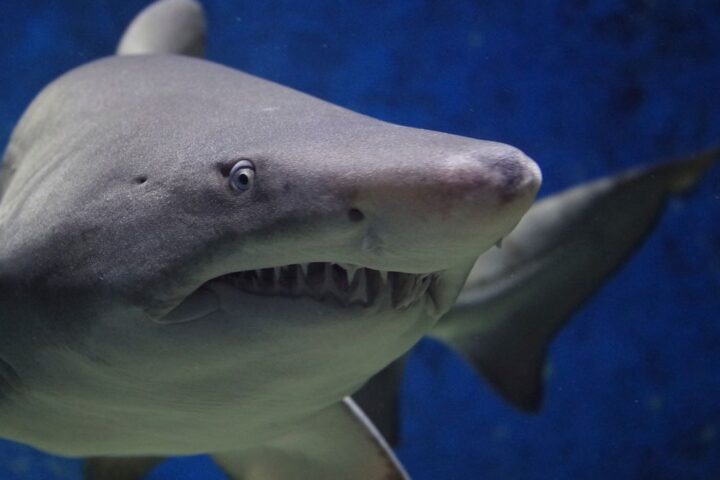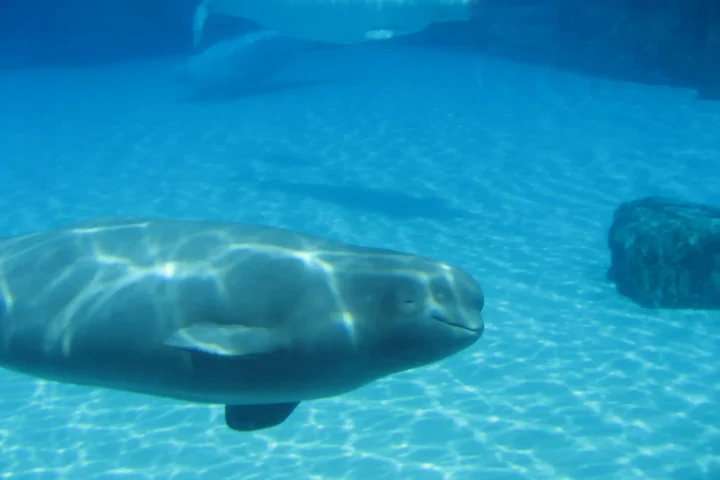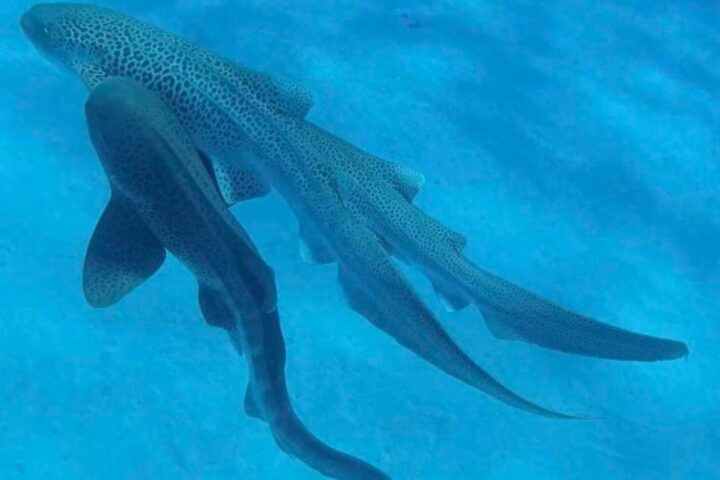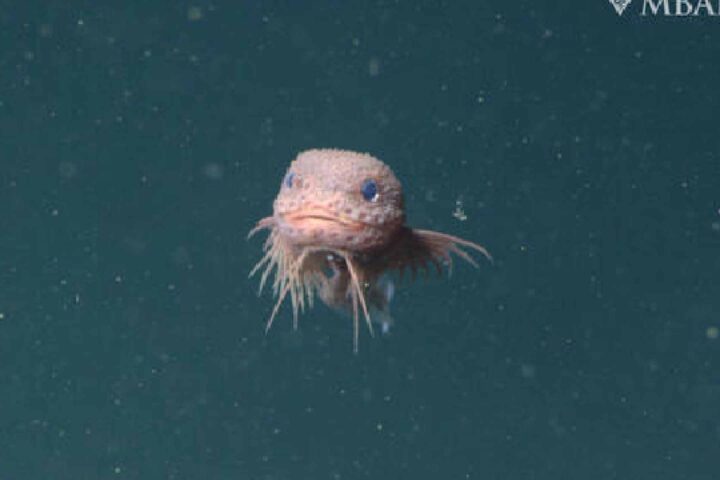Scientists have solved a long-standing evolutionary puzzle about why male guppies sport such flashy orange colors despite the risk of attracting predators. The brighter the orange on a male guppy, the more sexually active it is, according to groundbreaking research from the University of British Columbia (UBC).
The study, published in Nature Ecology & Evolution, reveals that male Trinidadian guppies (Poecilia reticulata) with more vibrant orange markings are up to two times more sexually active than their duller counterparts, performing courtship displays for longer periods and attempting to mate more frequently.
“Previously, people thought perhaps males realized that if they were more orange, they were more sexy,” explains Dr. Judith Mank, a zoologist involved in the research. “With the genetic link, it may be that they’re healthier and fitter.”
This discovery solves a mystery that has puzzled scientists for decades: why would evolution favor bright, attention-grabbing colors that could make males easy targets for predators? The answer lies in a surprising genetic connection – the same neural crest cells responsible for forming the brain also create the guppies’ vibrant color patterns, suggesting a direct link between appearance and behavior.
Using deep learning and genetic analysis, researchers bred three generations of increasingly orange guppies to investigate this connection. They found that male guppies’ coloration isn’t just for show – it signals underlying genetic quality to potential mates.
Guppies are small freshwater fish native to Trinidad and parts of South America but have been introduced worldwide. In their natural habitat, female guppies strongly prefer males with orange spots, which serve as reliable indicators of physical fitness. Studies show orange-spotted males can swim longer in strong currents and may have superior foraging abilities since the orange pigmentation comes partly from carotenoids in their diet.
Similar Posts
The UBC study identified seven distinct orange and eight black color types in guppies, creating potential for 32,768 unique pattern combinations. This remarkable genetic diversity is maintained across multiple chromosomes, creating what researchers call a “vast architecture of genetic possibilities.”
“Genetic variation is the raw material that evolution uses to produce resilient, adapted animals and plants, including for things like climate change or disease,” notes Dr. Wouter van der Bijl, who co-led the research.
The findings have broader evolutionary significance beyond guppies. The genetic link between brain development and physical appearance suggests that female guppies aren’t simply choosing males for their good looks – they’re selecting partners with superior genetic qualities that can benefit offspring.
This research exemplifies how evolution maintains biodiversity through sexual selection. When females consistently choose certain traits, those genes become more common, but the UBC study shows how complex genetic architecture allows for continued variation.

What makes this discovery particularly fascinating is how it reveals the intricate connection between physical appearance, brain development, and behavior. The orange coloration that female guppies find so attractive originates from the same cells that form the brain, suggesting that when females choose brighter males, they’re inadvertently selecting for other beneficial traits.
For the everyday fish enthusiast who keeps guppies in home aquariums, this research offers a new perspective on those colorful little swimmers. The next time you notice your male guppy showing off its orange spots, remember – it’s not just trying to look good, it’s advertising its genetic quality and vitality in a complex evolutionary dance that has been refined over countless generations.


















